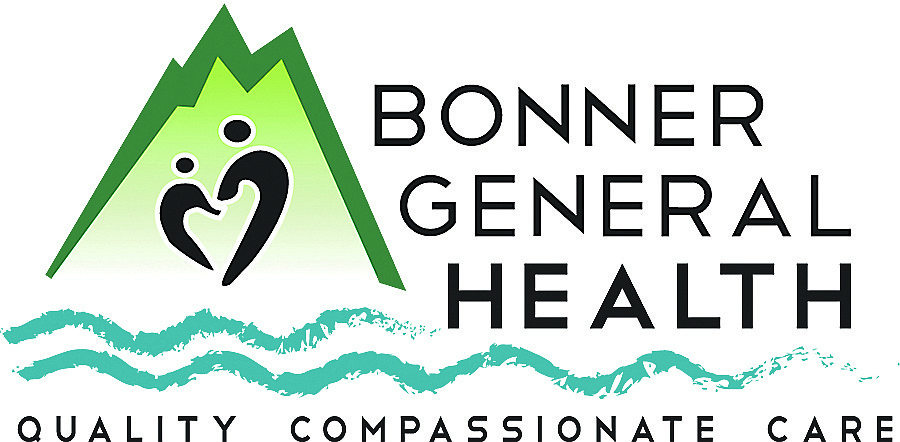Shingles vaccine effective against infection
Knowing that I was going to write about shingles this week, I started looking for first-hand experiences. I Googled “who’s had shingles?” and found these responses:
“The shingles started in my left eye and spread to the left side of my face and scalp. I basically had a migraine for ten days straight as the nerve pain shot into my left temple. I was on anti-viral medication for almost six months because the spot in my eye would not clear up,” one wrote.
Another said, “I got shingles a few years ago, got a rash on my chest, but that was nothing. It was the pain in the back of my head, neck and back. Every morning, I felt like someone beat me over the neck with a baseball bat.”
And one man wrote about getting the shingles rash on his private parts. His rather colorful description isn’t suitable for this newspaper, but you can believe him when he says, “Horrible. Terrible. Put a bullet in my head bad.”
To be fair, some people responded that they weren’t as bad as they expected. Those people said the rash was a little irritating or that they felt fine after just a few days. I had them many years ago, and from my experience, I’ll tell everyone who’s ever had chicken pox to get the shingles vaccine (Shingrix) as soon as possible.
The Centers for Disease Control and Prevention says adults 50 years and older should get two doses of Shingrix. Adults 19 years and older who have or will have weakened immune systems because of disease or therapy should also be vaccinated.
You should get the shots even if you’ve previously had shingles, received the older version of the shingles vaccine (Zostavax), or had the varicella vaccine when you were a child.
You know what shingles are, right? It’s caused by the varicella-zoster virus, which is the same virus that causes chicken pox. Anyone who’s had chicken pox, and that’s about 99% of people born on or before 1980, are at risk. The virus stays in your nervous system and can stay inactive for years.
Shingles symptoms typically affect only a small section of one part of your body, but affect they do. Mayo Clinic says that the symptoms may include pain, burning or tingling; sensitivity to touch; a red rash that begins a few days after the pain; fluid-filled blisters that break open and crust over, and itching.
“Pain is usually the first symptom of shingles. For some people, the pain can be intense. Depending on the location of the pain, it can sometimes be mistaken for problems with the heart, lungs, or kidneys. Some people experience shingles pain without ever developing the rash,” they explain.
“Most commonly, the shingles rash develops as a stripe of blisters that wraps around either the left or right side of the torso. Sometimes the shingles rash occurs around one eye or on one side of the neck or face.” It’s not uncommon for people to experience fever, headache, sensitivity to light, and fatigue.
Shingles are not contagious per se, but a person with shingles can give someone chickenpox if that person hasn’t had it or has not been immunized against it. This most often occurs through direct contact with the open sores.
The best way to avoid serious complications is to get the vaccine. People who’ve experienced shingles are apt to have postherpetic neuralgia, vision loss, neurological problems, and skin infections. Postherpetic neuralgia is a continuing pain long after the rash has cleared up. Vision issues happen when shingles are in or around the eye (ophthalmic shingles) and can cause painful eye infections that may result in vision loss.
“Shingles may cause inflammation of the brain (encephalitis), facial paralysis, or problems with hearing or balance,” Mayo says. “If shingles blisters aren’t properly treated, bacterial skin infections may develop.”
Have I convinced you to get vaccinated yet? The CDC says that in adults 50 to 69 years old with healthy immune systems, Shingrix was 97% effective in preventing shingles; in adults 70 years and older, Shingrix was 91% effective.
The Affordable Care Act requires most healthcare insurance plans, including Medicaid and Medicare, to cover the cost of the vaccine. Local pharmacies have it in stock. So, what’s your excuse?
Kathy Hubbard is a member of the Bonner General Health Foundation Advisory Council. She can be reached at kathyleehubbard@yahoo.com.



